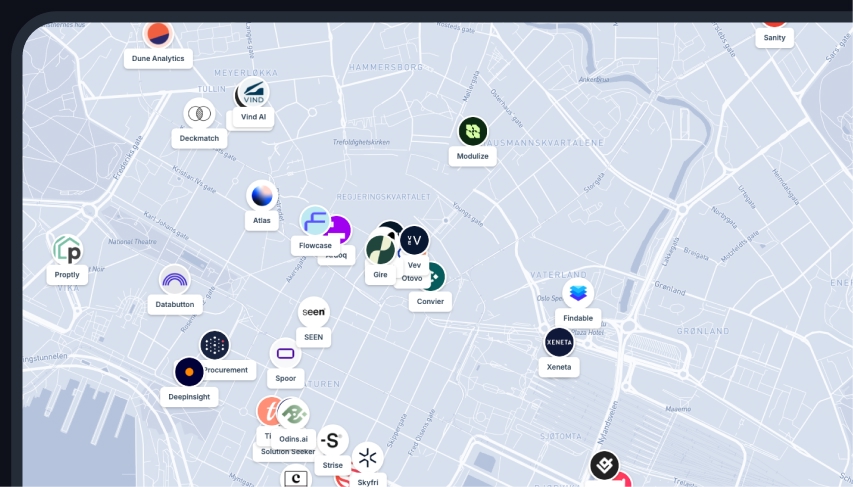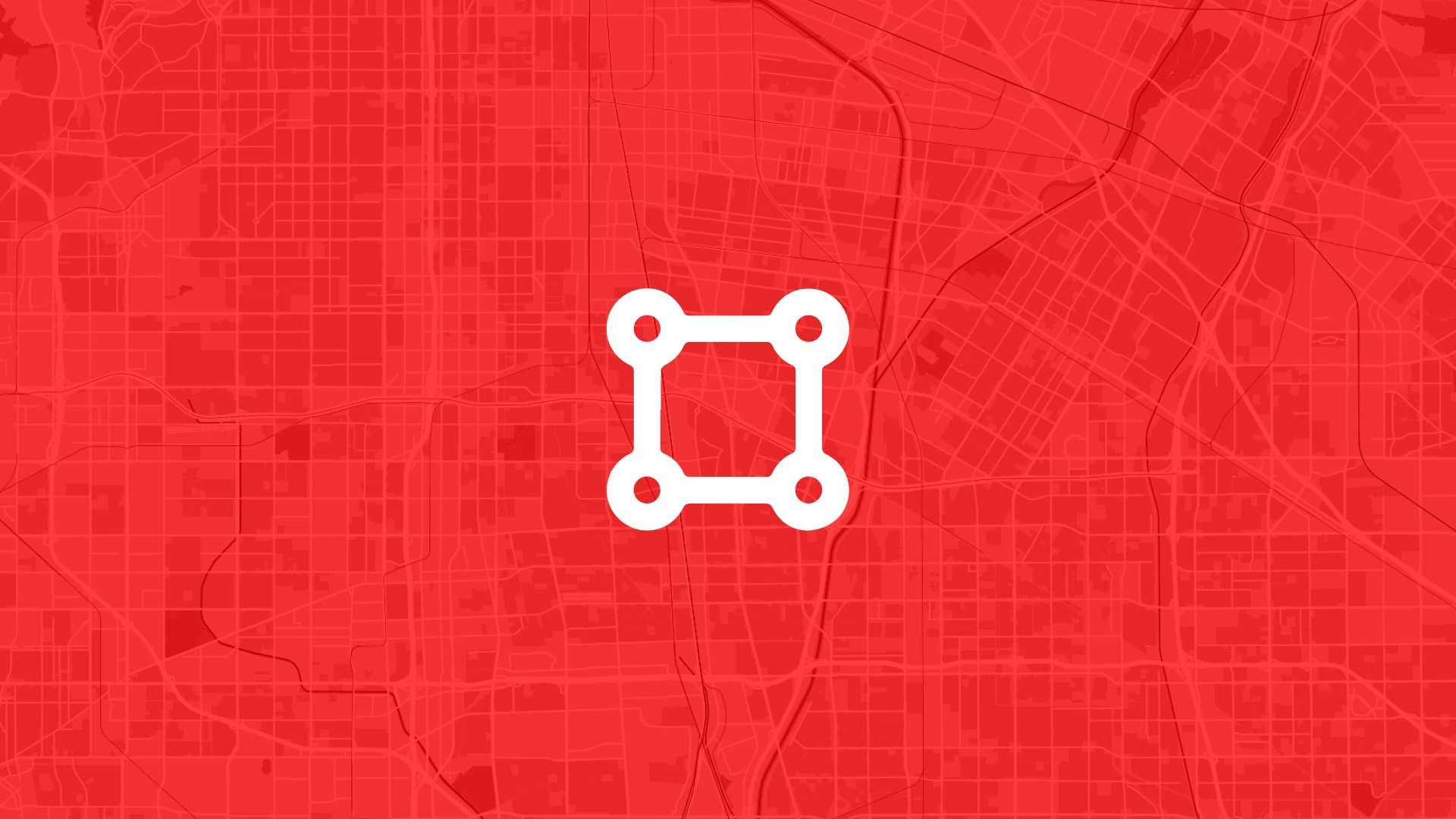In recent years, Geographic Information Systems (GIS) have become essential tools for urban planners, environmental scientists, and city administrators worldwide.
As a city employee, understanding GIS basics not only empowers you to make informed decisions about urban planning and resource management but also enhances your capability to serve the public efficiently.
This article explores the importance of training city employees in GIS basics and provides practical guidance on how to get started.
Why GIS Matters for City Employees
Enhanced Decision-Making: GIS provides a powerful way to visualize data, helping city employees make better-informed decisions. For example, by analyzing spatial patterns, city planners can determine the best locations for new parks or public facilities.
Improved Efficiency: GIS tools streamline the process of managing city infrastructure. Whether it's mapping out water pipes, understanding traffic flow, or planning public transportation routes, GIS helps in visualizing and managing these components effectively.
Community Engagement: GIS enables cities to share spatial data with the public, enhancing transparency and fostering community engagement. Citizens can access maps that show the impact of proposed projects or information about local resources, leading to more informed public discourse.
Basic Concepts in GIS
Before delving into GIS software, it's crucial to understand some fundamental concepts.
Vector and Raster Data
GIS data generally falls into two categories: vector and raster. Vector data represents features as points, lines, and polygons, ideal for mapping discrete features like roads or property lines. Raster data, on the other hand, is composed of pixels, perfect for continuous data like elevation or temperature.
Projection
Mapping the three-dimensional world onto a two-dimensional plane requires a map projection. Understanding different types of projections and their uses helps in analyzing spatial data accurately without significant distortion.
Essential GIS Tools
Several GIS software options are available, catering to both beginners and advanced users. Here are some great starting points:
Atlas: Atlas is a browser-based GIS platform designed for ease of use and powerful data visualization. It’s perfect for city employees who need to create maps without dealing with overly complex software.
QGIS: This open-source tool is well-known for its extensive features and community support. While there is a steep learning curve, QGIS offers robust capabilities for various GIS tasks.
Google Earth Pro: Ideal for visualizing geographic data, it provides high-resolution imagery and 3D visualization, helping city employees gain insights into urban topography.
Steps to Training City Employees in GIS
1. Assess Training Needs
Identify the specific GIS skills required by your team. For instance, while some employees may need to learn basic mapping skills, others might require advanced spatial analysis capabilities.
2. Develop a Training Program
Based on the needs assessment, develop a training program that includes both theoretical and practical components. Consider collaborating with local universities or being trained by experienced GIS professionals who can offer hands-on sessions.
3. Use Real-World Projects
Integrating real-world projects into the training process helps employees understand the practical applications of GIS. This could involve mapping potential flood zones or analyzing traffic patterns to improve urban mobility.
4. Provide Access to Resources
Ensure that employees have access to necessary GIS software and data. Tools like Atlas and QGIS offer free versions that are appropriate for non-commercial use, which can be a cost-effective solution for city governments.
5. Encourage Continuous Learning
GIS technology evolves rapidly. Encourage employees to keep learning through online courses, webinars, and GIS conferences. Platforms like Esri provide a wealth of resources and community forums that are beneficial for ongoing education.
The Benefits of GIS Training
Training city employees in GIS benefits both the individuals and the community. Employees become more valuable assets, capable of leveraging spatial data to solve problems and create efficiencies. Moreover, informed GIS use translates to better service delivery, such as optimized emergency response routes and informed land use planning, all of which enhance the city's functionality and residents’ quality of life.
By incorporating GIS training into your city’s professional development programs, you lay the groundwork for a more informed, efficient, and responsive local government. GIS is more than just a technical tool; it’s a means to better understand and cater to the dynamic needs of urban environments.
Start investing in GIS training today, and empower your city employees to shape a better tomorrow.
Work faster with spatial data
Easily import data, automate analysis and build spatial apps for the web, all within a single software.
How Atlas Facilitates GIS Training for City Employees
Atlas plays a pivotal role in making GIS training accessible and effective for city employees. Here’s how this browser-based platform is simplifying GIS education:
User-Friendly Interface
Atlas stands out with its intuitive, easy-to-navigate interface. For city employees who may be new to GIS, this simplicity eliminates the steep learning curve often associated with more complex tools. The platform’s clean design allows users to focus on learning GIS concepts without getting bogged down by overly technical details.
No Installation Necessary
One of the significant barriers to GIS training is the need for software installations and updates, which can be problematic for organizations with limited IT support. Atlas bypasses this issue entirely by being a web-based solution. Employees can access all its features directly from their browsers, making it possible to start training sessions without any setup delays.
Powerful Collaborative Features
Collaboration is a key element of effective GIS projects, and Atlas excels in this area. The platform supports real-time collaboration, allowing city employees to work together on the same projects, share insights, and develop their skills simultaneously. This feature is particularly beneficial in creating a collaborative learning environment where teams can learn from each other and share best practices.
Customizable Visuals for Better Learning
Atlas provides an array of options for customizing map visuals, from changing colors to adjusting styles and labels. This flexibility is crucial for training sessions where employees learn to tailor maps according to different analytical needs. The ability to see changes in real time as they explore different data sets aids in deeper understanding and retention of GIS concepts.
Free Access Enhances Learning Opportunities
Cost can be a limiting factor for many city governments looking to adopt new training programs. Atlas offers a generous free plan that opens doors for municipalities to train their staff without additional financial burden. This accessibility makes GIS training more feasible, particularly for smaller cities or departments operating under tight budgets.
Supporting Continuous Development
Atlas supports the continuous development of GIS skills by integrating seamlessly with other GIS and data analysis tools. Its capability to handle various data formats allows employees to advance from basic map-making to more complex spatial analyses, enhancing their skills progressively.
Interactive and Engaging Learning
Atlas encourages an interactive approach to learning GIS. Through its platform, employees can experiment with different layers and datasets to understand spatial relationships and data-driven insights. This hands-on experience is critical for grasping the practical applications of GIS in urban planning and resource management.
By leveraging Atlas, cities can efficiently train their employees in GIS, equipping them with the necessary skills to manage spatial data, engage with community planning, and enhance city infrastructures. GIS training becomes not just a step forward in employee skill development but a leap towards more informed and resilient urban environments.





